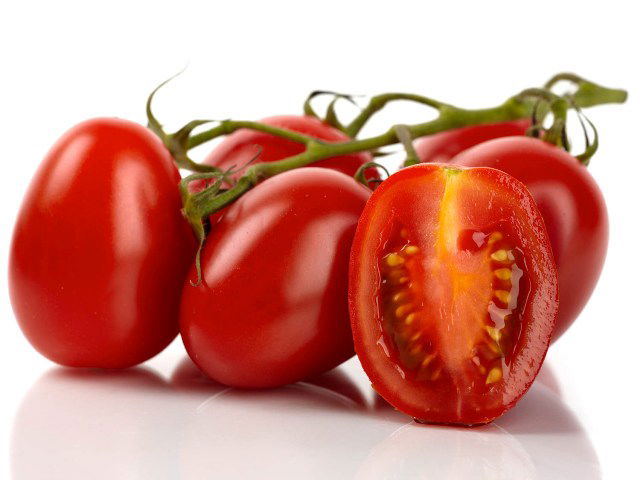
Sir Jagadish Chandra Bose is one of the most prominent first Indian scientists who proved by experimentation that both animals and plants share much in common. He demonstrated that plants are also sensitive to heat, cold, light, noise and various other external stimuli. Bose contrived a very sophisticated instrument called the crescograph, which could record and observe plants minute responses to external stimulants. It was capable of magnifying the motion of plant tissues to about 10,000 times of their actual size and, in doing so, found many similarities between plants and other living organisms.
Similarly the researchers at The Izmir Technology Institute Department of Molecular Biology and Genetics in Turkey has developed a tomato variety that can actually become more tasty when faced with stress conditions, such as drought or salt. The productivity of this particular variety is observed to be 50 percent more as well.

The presence of adverse environmental factors like extreme temperatures, salinity or drought cause definite biochemical and physiological consequences. Mostly, these are the changes in the metabolic pathways, the expression of stress-inducible genes or the accumulation of low-molecular compounds that play a crucial role in maintaining the plasticity of reactions. The biotechnological methods used to modify tomato to produce “upgraded” plants are based on introgression of several genes coding enzymes known to mitigate stress or genes contributing to signalling and diverse regulatory pathways.
Tomato is one of the most often cultivated vegetable species worldwide. Due to the anti-oxidative and anti-cancer properties of lycopene, tomato consumption as well as production is still increasing. However, its productivity is impaired by a wide range of abiotic stresses, and the establishment of stress-tolerant crops is a key challenge for agricultural biotechnology. Until now, a few genetic approaches have been used to achieve stress tolerance in cultivated tomato plants. Such achievements are based on current knowledge concerning plant adaptation.

Turkish growers will have access to this crop in 3 years when the trademark process is finalized. Researchers added that this development will contribute significantly to the Turkish economy.
This variety was developed as a response to the increasing salt levels in production fields in Turkey, as a result of the increasing levels of irrigation and fertilization. That’s why researchers are started to developing products which can with stand these issues.
Overwatering and over fertilization also causes a loss of taste in tomatoes but this variety is producing chemicals to protect itself against stress conditions, which enhances the taste of the tomato. Normally 12 tons of tomatoes are harvested on average per 10,000 square feet, whereas 17 tons of this new variety can be harvested per 10,000 square feet.















